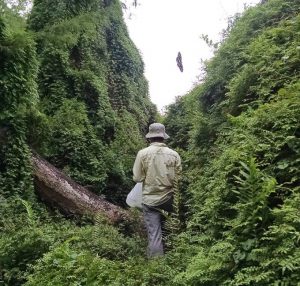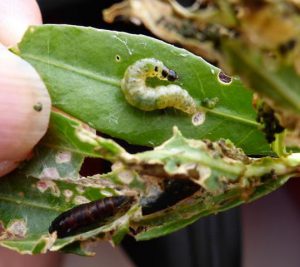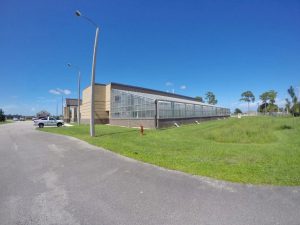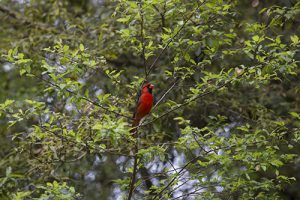The reason invasive plants can so easily take over the landscape in their adopted environments is that they have no native natural enemies in their new homes. Fortunately, biological control organisms can help put the brakes on these out-of-control weeds. They can also reduce our reliance on potentially more harmful control alternatives, such as herbicides.

Sure, sure, you may be thinking, that all sounds great! But what’s stopping the biological control insects themselves from taking over the landscape?
The idea of intentionally releasing nonnative insects into the environment can seem scary. After all, Florida’s problems with invasive species are well known. Why would scientists faced with a problem invasive species think that another non-native species could help? Cue the scary movie music!

A new Ask IFAS publication titled Biological Control of Weeds: Is it safe? addresses these concerns.

Before releasing a potential biological control insect into the environment, the law requires scientists to study it carefully. The candidate must spend many months locked in a containment facility undergoing rigorous testing.

Scientists at the containment facilities examine the potential new weed warriors closely. They check to see that the insects have no diseases or parasites that could spread in the environment. They make sure the only plant the insects will eat is the target weed. In short, they ensure that each species is safe and will not harm people, the environment, or any native or desirable plants or animals. Only proven safe and effective biological control insects may leave the labs and join the fight to protect Florida’s environment.

Ask IFAS to learn more about invasive plants and strategies to manage them.
 0
0
